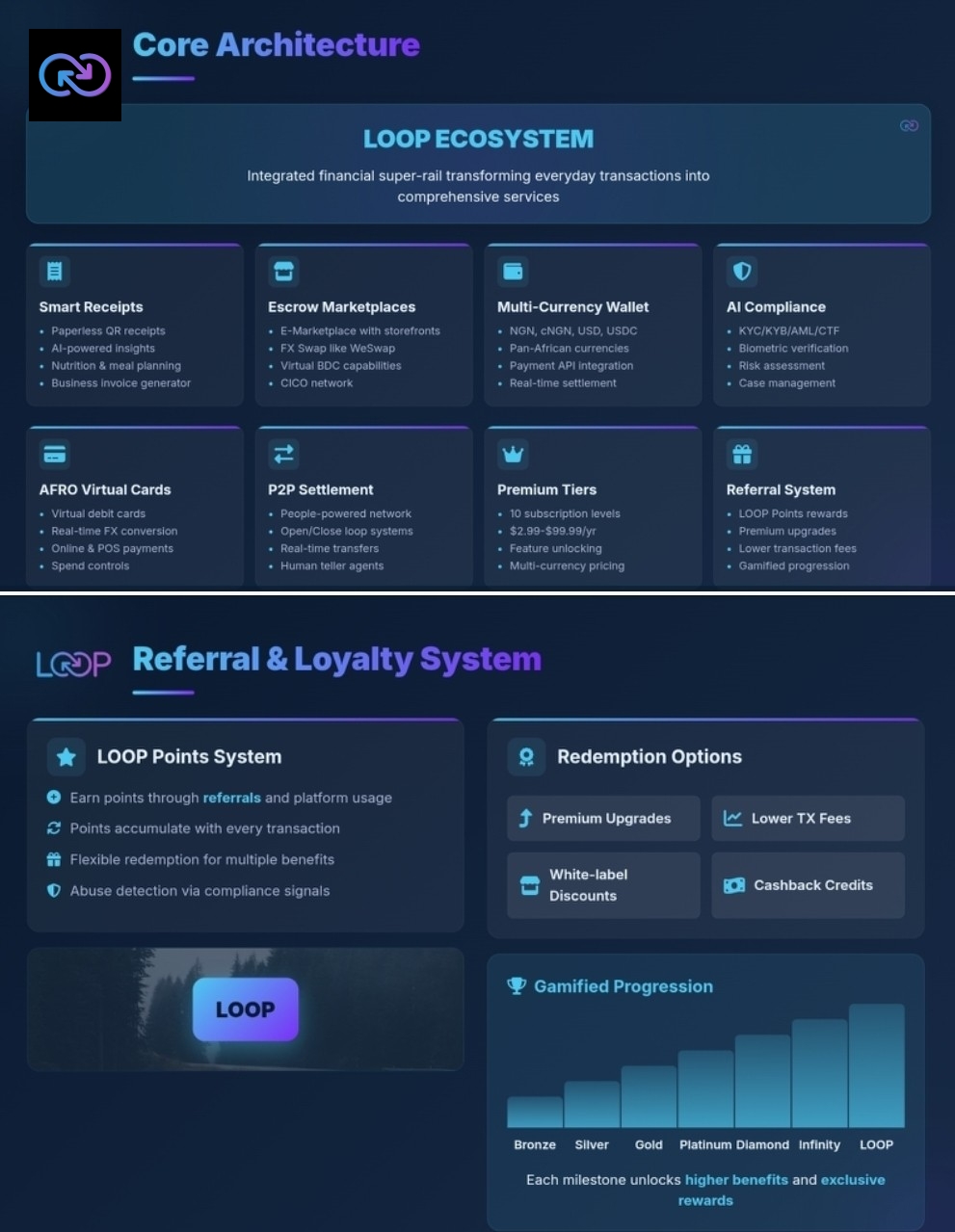Élections au Cameroun et en Côte d’Ivoire / L’IA détruira-t-elle nos emplois ?
Ces derniers jours, deux élections présidentielles majeures se sont jouées en Afrique.
Au Cameroun, l’indéboulonnable Paul Biya a été proclamé vainqueur par le Conseil constitutionnel. À 92 ans, l’éternel président s’apprête à débuter un 8e mandat après 43 ans à la tête du pays.
En Côte d’Ivoire, Alassane Ouattara, 83 ans, a été réélu pour la 4e fois depuis 2011 : ses principaux opposants, l’ancien président Laurent Gbagbo et l’homme d’affaires Tidjane Thiam, avaient vu leurs candidatures rejetées par le Conseil constitutionnel.
Ousmane Ndiaye, journaliste et auteur de “L’Afrique contre la démocratie : mythes, déni et péril”, analyse ces résultats.
C’est l’un de ses plus gros coups de rabot depuis sa création. Mardi, Amazon a annoncé la suppression de 14 000 postes qui devraient concerner des employés de bureau. La première étape seulement, selon différentes agences de presse, d'un plan de licenciement de 30 000 personnes. Cette annonce vient concrétiser la volonté de son patron Andy Jassy de réduire les coûts du groupe américain alors qu'il investit dans l’intelligence artificielle. Ces réductions doivent toucher “davantage la bureaucratie”, a déclaré Beth Galetti, vice-présidente
🔄 SUREBANQA presents: LOOP – The cutting-edge HyperApp that is reinventing finance, commerce, and social interaction in Africa and beyond 🔄
The Revolution is Underway
In a world where traditional financial and digital systems are showing their limitations, a new era is emerging. LOOP, more than just an app, is an integrated social, commercial, and financial ecosystem designed to transform everyday transactions into seamless, intelligent, and inclusive experiences. We are breaking the chains of the old system by replacing fiat currency with stablecoins – ₳FRO, USDC, EURC, cNGN, xXAF, xXOF, and more – for unprecedented autonomy.
Say goodbye to the complexities of on/off ramping, and hello to financial freedom.
LOOP, a virtuous cycle serving everyone
As its name suggests, LOOP creates a circular and infinite ecosystem where every player—users, merchants, agents, market makers, white-label brands, and developers—finds their place and their benefit. At the heart of this revolution: the opportunity offered to everyone to become a CICO (Cash-In, Cash-Out) Agent.
Become a CICO Agent: the opportunity starting from USD 1,000
Until now, participating in a financial ecosystem of this scale required considerable resources. LOOP changes the game. Today, with an initial investment of just USD 1,000 (plus a 5% setup fee), totaling USD 1,050, you can join the network and operate as a key player in local liquidity.
Whether you are an independent entrepreneur, a merchant, or simply passionate about financial innovation, this door is open to you. By becoming a CICO Agent, you join a network of human and digital counters that facilitates cash inflows and outflows, making financial services accessible to everyone, everywhere.
The Pillars of the LOOP Ecosystem
Your agent business is built on a robust, secure, and innovative infrastructure:
• Multi-Currency Wallet: Easily manage NGN, cNGN, USD, USDC, and other pan-African currencies.
• Real-Time P2P Settlement: Send and receive instant transfers through a network powered by users, businesses, and agents.
• AFRO Virtual and/or Physical Cards: Enjoy online and point-of-sale payments with real-time FX conversion.
• Marketplaces with Escrow: Benefit from secure marketplaces and virtual currency exchange (vBDC) capabilities.
• Smart Receipts: Go paperless with QR receipts and AI-powered insights.
• AI Compliance: Enhanced security with biometric verification and risk management.
Join the CICO Agent Network – The future is being written now.
Our core technology is operational, and our MVP is already available on the LOOP HyperApp (https://joinloop.one/). Now is the time to act.
Don't just be a spectator in the financial revolution. Become a player. Contribute to financial inclusion and build your own success.
🔗 To fully understand our evolution and seize this opportunity:
https://chat.z.ai/space/a0q5m87y3c20-ppt
SUREBANQA - LOOP, the financial innovation loop. ●○○

🔄 SUREBANQA présente : LOOP – L’HyperApp de pointe qui réinvente le finance, le commerce et le social en Afrique et au-delà 🔄
La Révolution est En Marche
Dans un monde où les systèmes financiers et numériques traditionnels montrent leurs limites, une nouvelle ère émerge. LOOP, plus qu’une simple application, est un écosystème social, commercial et financier intégré, conçu pour transformer les transactions du quotidien en expériences fluides, intelligentes et inclusives. Nous brisons les chaînes de l’ancien système en remplaçant le fiat par les stablecoins – ₳FRO, USDC, EURC, cNGN, xXAF, xXOF,... – pour une autonomie sans précédent.
Finies les complexités du on/off ramping, bonjour la liberté financière.
LOOP, une boucle vertueuse au service de tous
Comme son nom l’indique, LOOP crée un écosystème circulaire et infini, où chaque acteur – utilisateurs, marchands, agents, teneurs de marché, marques blanches et développeurs – trouve sa place et son intérêt. Au cœur de cette révolution : l’opportunité offerte à chacun de devenir Agent CICO (Cash-In, Cash-Out).
Devenez Agent CICO : l'opportunité à partir de 1 000 USDC
Jusqu’ici, participer à un écosystème financier de cette envergure nécessitait des moyens considérables. LOOP change la donne. Aujourd’hui, avec une somme de départ de seulement 1 000 USDC (plus 5% de frais de configuration) soit 1050USDC, vous pouvez intégrer le réseau et opérer comme un acteur clé de la liquidité locale.
Que vous soyez entrepreneur indépendant, commerçant ou simplement passionné par l'innovation financière, cette porte vous est ouverte. En devenant Agent CICO, vous rejoignez un réseau de guichet humain et digital qui facilite les entrées et sorties d'espèce, rendant les services financiers accessibles à tous, partout.
Les piliers de l'écosystème LOOP
Votre activité d'agent s'appuie sur une infrastructure robuste, sécurisée et novatrice :
· Portefeuille Multi-Devises : Gérez facilement le NGN, le cNGN, l'USD, l'USDC et d'autres devises panafricaines.
· Règlement P2P en Temps Réel : Effectuez et recevez des transferts instantanés via un réseau alimenté par les utilisateurs, des entreprises et les agents.
· Cartes Virtuelles et/ou Physique AFRO : Profitez de paiements en ligne et en point de vente avec conversion FX en temps réel.
· Marketplaces avec Escrow : Bénéficiez de places de marché sécurisées et de capacités de bureau de change virtuel (vBDC).
· Reçus Intelligents : Passez au "sans papier" avec des reçus QR et des insights alimentés par l'IA.
· Conformité IA : Une sécurité renforcée avec la vérification biométrique et la gestion des risques.
Rejoignez le réseau d'Agent CICO – L'avenir s'écrit maintenant
Notre technologie de base est opérationnelle et notre MVP est déjà disponible sur l'HyperApp LOOP (https://joinloop.one/). C'est le moment d'agir.
Ne soyez pas seulement spectateur de la révolution financière. Devenez-en un acteur. En, contribuant à l'inclusion financière et bâtir votre propre succès.
🔗 Pour tout comprendre de notre évolution et saisir cette opportunité :
https://chat.z.ai/space/a0q5m87y3c20-ppt
SUREBANQA - LOOP, la boucle de l'innovation financière. ●○○

Entrepreneur,
Co-founder, Technophile and TechFin Professional.
As a serial entrepreneur, my passion lies in leveraging technology stacks to unleash human potential and carve out the future.
As a core team member of TechFi SUREBANQA, one of the pioneers in FinTech innovation, I have a strong background in Information and Communication Technology (ICT), Finance, I possess a unique blend of enthusiasm and business acumen, enabling me to drive innovation and growth in this sector.
We are leading a revolutionary movement of financial inclusion where innovation based on emerging technologies facilitates security, efficiency and wealth creation for all. My role encompasses exploring expansion opportunities and fostering collaboration, strategic alliances to ensure that our technological and operational prowess meets the dynamic demands of the grassroots.















